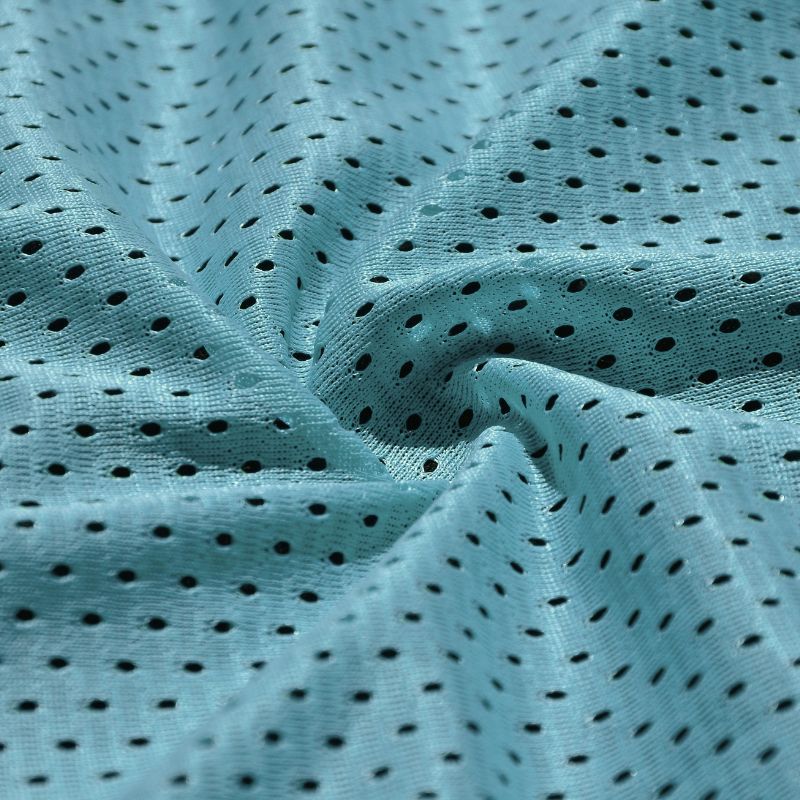Testing breathability of fabrics under both static and dynamic conditions
The Breathability Test Unveiling the Secrets of Comfortable Fabrics
In todays fast-paced world, where sustainability and comfort are increasingly crucial factors in consumer purchasing decisions, fabric manufacturers are under pressure to deliver high-quality materials that meet stringent industry standards. One critical aspect of fabric evaluation is testing breathability, a measure of how well fabrics allow for airflow and moisture transfer. This article delves into the importance of testing breathability of fabrics under both static and dynamic conditions, a laboratory service provided by Eurolab.
What is Testing Breathability of Fabrics?
Breathability refers to the ability of a fabric to allow air and moisture to pass through it, creating a comfortable environment for wearers. This property is vital in various textile applications, including clothing, upholstery, and medical textiles. There are two primary conditions under which fabrics can be tested static and dynamic.
Static testing In this method, the fabric is subjected to a steady airflow or pressure, simulating how it would perform in real-world scenarios.
Dynamic testing This involves subjecting the fabric to changing air flows, pressures, or temperatures, replicating conditions that fabrics encounter during wear and use.
Why is Testing Breathability of Fabrics Essential for Businesses?
In an era where consumers prioritize comfort and sustainability, manufacturers must ensure their fabrics meet rigorous breathability standards. The benefits of testing breathability under both static and dynamic conditions are multifaceted
Enhanced performance By optimizing fabric breathability, manufacturers can create products that provide superior comfort, moisture management, and overall user experience.
Increased efficiency With precise knowledge of a fabrics breathability characteristics, manufacturers can streamline production processes, reduce waste, and lower costs.
Competitive edge Companies that prioritize breathability testing can differentiate themselves in the market, attracting customers seeking high-quality products.
Advantages of Using Testing Breathability of Fabrics under Both Static and Dynamic Conditions
Eurolabs laboratory service offers a comprehensive understanding of fabric breathability by simulating real-world conditions
Improved material selection Manufacturers can make informed decisions about fabric choice, ensuring optimal performance and user experience.
Reduced development time By testing fabrics in both static and dynamic conditions, manufacturers can accelerate product development, reducing the need for costly rework or redesigns.
Increased confidence With Eurolabs thorough analysis, manufacturers can make data-driven decisions, minimizing the risk of products failing to meet performance expectations.
QA Section
Q What types of fabrics can be tested at Eurolab?
A Our laboratory service is versatile and capable of testing various fabric types, including natural fibers (cotton, wool), synthetic fibers (polyester, nylon), blends, and advanced materials (smart textiles).
Q How long does the testing process take?
A The duration of the testing process varies depending on the specific requirements and complexity of the project. Our team will provide a detailed timeline and ensure timely completion.
Q Can Eurolab test fabrics for specific industry applications?
A Yes, our laboratory service is tailored to meet the unique demands of various industries, including clothing, upholstery, medical textiles, and more.
Conclusion
In todays market-driven environment, fabric manufacturers must prioritize testing breathability under both static and dynamic conditions. By partnering with Eurolab, businesses can unlock the secrets of comfortable fabrics, ensuring their products exceed customer expectations while driving growth and innovation.




